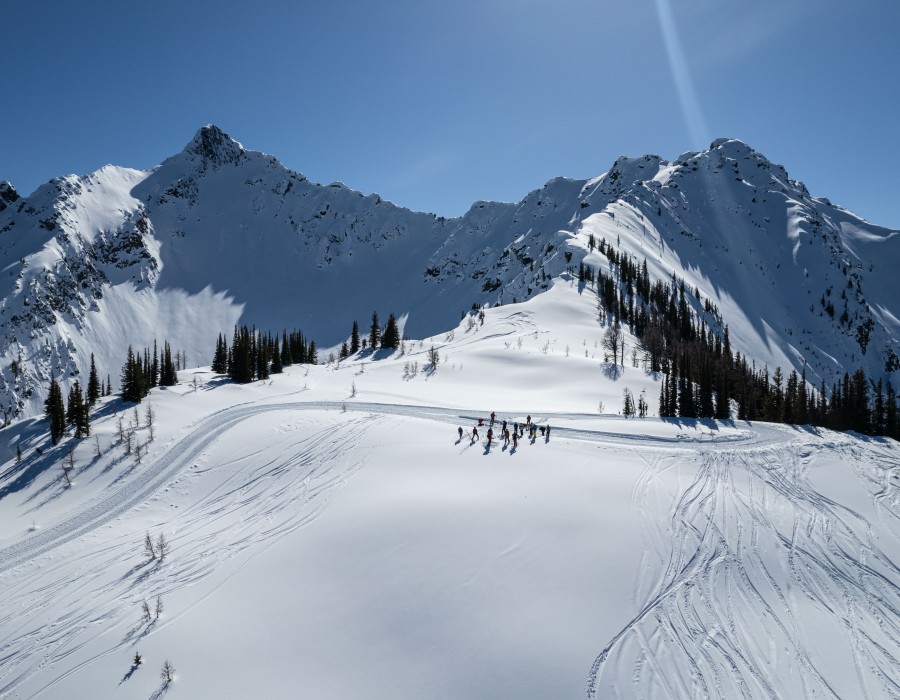Cat skiing, also known as snowcat skiing, is an exhilarating winter sport that allows you to explore untouched powder snow in beautiful mountain ranges. It combines the thrill of skiing with the adventure of being taken to remote areas by a snowcat vehicle, making it a popular choice for both seasoned skiers and those looking for a unique experience. However, before you book your cat skiing adventure, it’s essential to understand the costs involved. This guide will break down what you can expect to pay for cat skiing and help you plan your budget accordingly.
1. Understanding Cat Skiing Costs
Cat skiing costs can vary significantly depending on several factors, including the location, the ski area’s reputation, and the time of year. Here are some key components that contribute to the overall cost of your cat skiing trip:
- Location: Popular cat skiing destinations, such as British Columbia, Utah, and Colorado, tend to have higher prices due to demand and accessibility. Some lesser-known locations may offer more affordable options.
- Packages: Many cat skiing operators offer different packages that may include additional services, such as guided tours, meals, and equipment rentals. These packages can range from a few hundred to over a thousand dollars per person, depending on the offerings.
- Day Pass vs. Multi-Day Pass: You can choose between single-day passes and multi-day packages. A single day can cost between $300 to $600, while multi-day packages often provide a discount, bringing the cost down per day.
2. What’s Included in the Cost?
When considering the cost of cat skiing, it’s essential to know what is typically included in the price. Most cat skiing operators include the following:
- Lift Access: The cost usually covers lift access to remote areas where you can ski.
- Safety Gear: Many operators provide safety equipment like avalanche transceivers, shovels, and probes, ensuring you have the necessary gear for a safe skiing experience.
- Guided Tours: Experienced guides are often included in the price to lead you through the terrain, making the experience both safer and more enjoyable.
3. Additional Costs to Consider
Beyond the basic cost of cat skiing, there are additional expenses you might need to budget for:
- Transportation: Depending on the location of the cat skiing operator, you may need to budget for transportation to and from the ski area, especially if it’s remote.
- Accommodation: If you’re planning a multi-day trip, accommodation costs can add up quickly. Look for nearby lodging options and consider staying in a ski lodge or hotel.
- Meals and Beverages: Some packages may include meals, but if not, plan for food costs throughout your stay.
- Ski Gear Rental: If you don’t have your own ski equipment, you’ll need to factor in rental costs, which can range from $50 to $100 per day.
4. Tips for Budgeting Your Cat Skiing Trip
Here are some tips to help you manage your budget while planning a cat skiing adventure:
- Book Early: Prices can vary based on demand. Booking your trip early may help you secure better rates and availability.
- Look for Deals: Keep an eye out for special promotions, discounts, or package deals offered by cat skiing operators.
- Travel Off-Peak: If your schedule allows, consider skiing during less busy times of the season, such as mid-week or early in the season, when prices may be lower.
Conclusion
Cat skiing is a thrilling way to experience the beauty of winter landscapes and the excitement of skiing in untouched powder. While the costs can vary widely based on location, packages, and additional expenses, planning ahead can help you make the most of your budget. By understanding what to expect and budgeting wisely, you can enjoy an unforgettable cat skiing adventure without breaking the bank. So gear up, hit the slopes, and make memories that will last a lifetime.





Comments